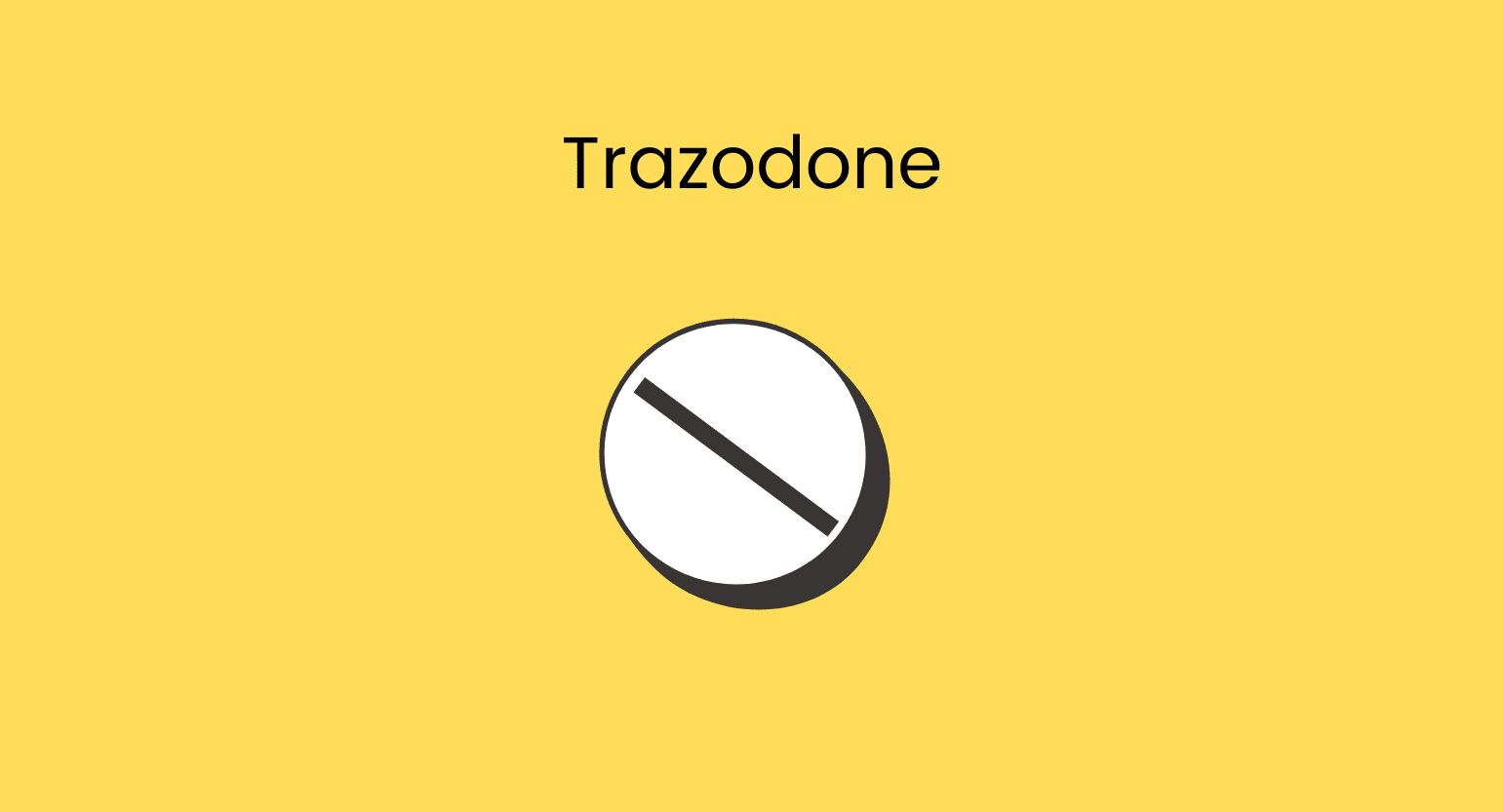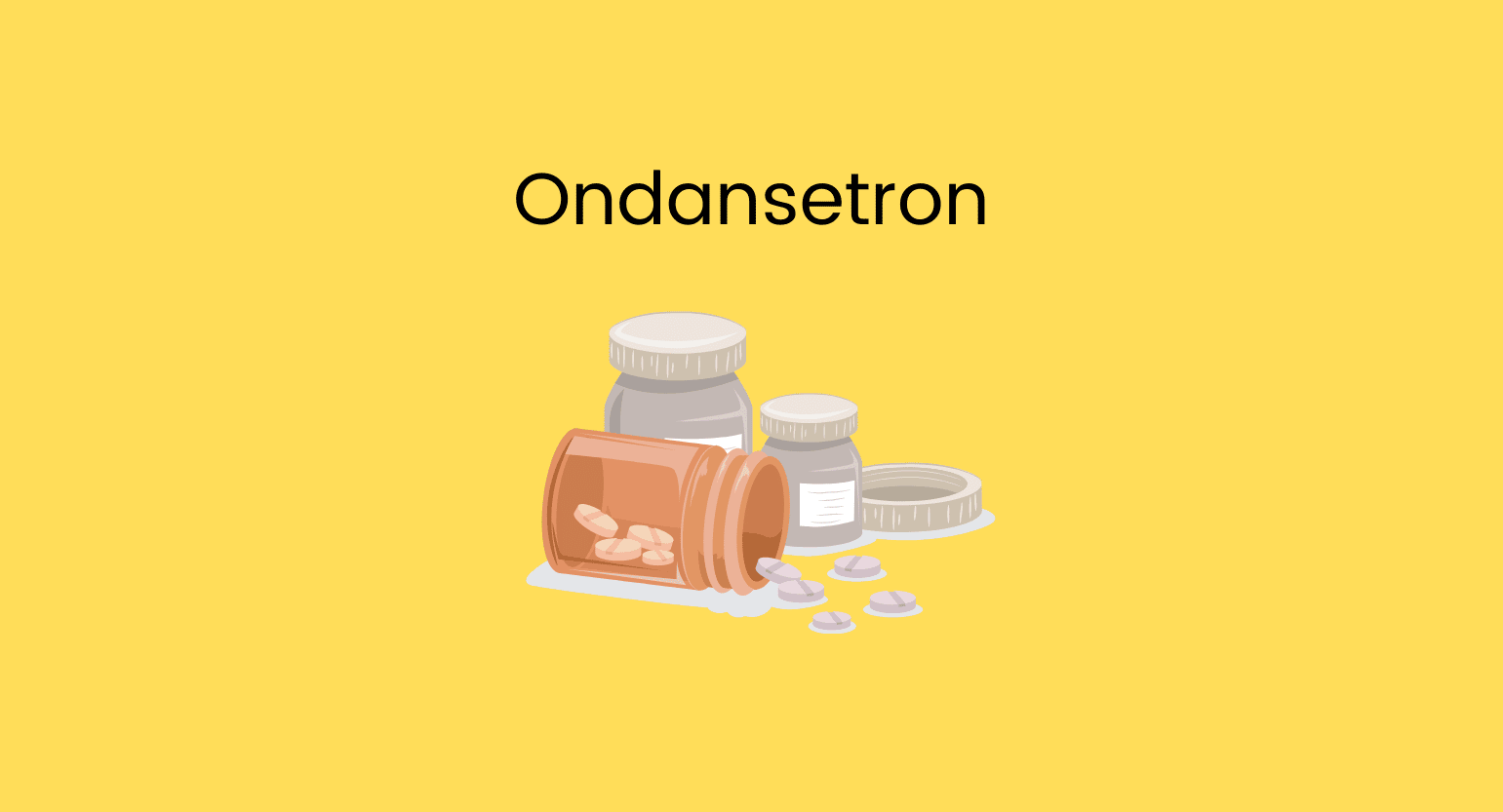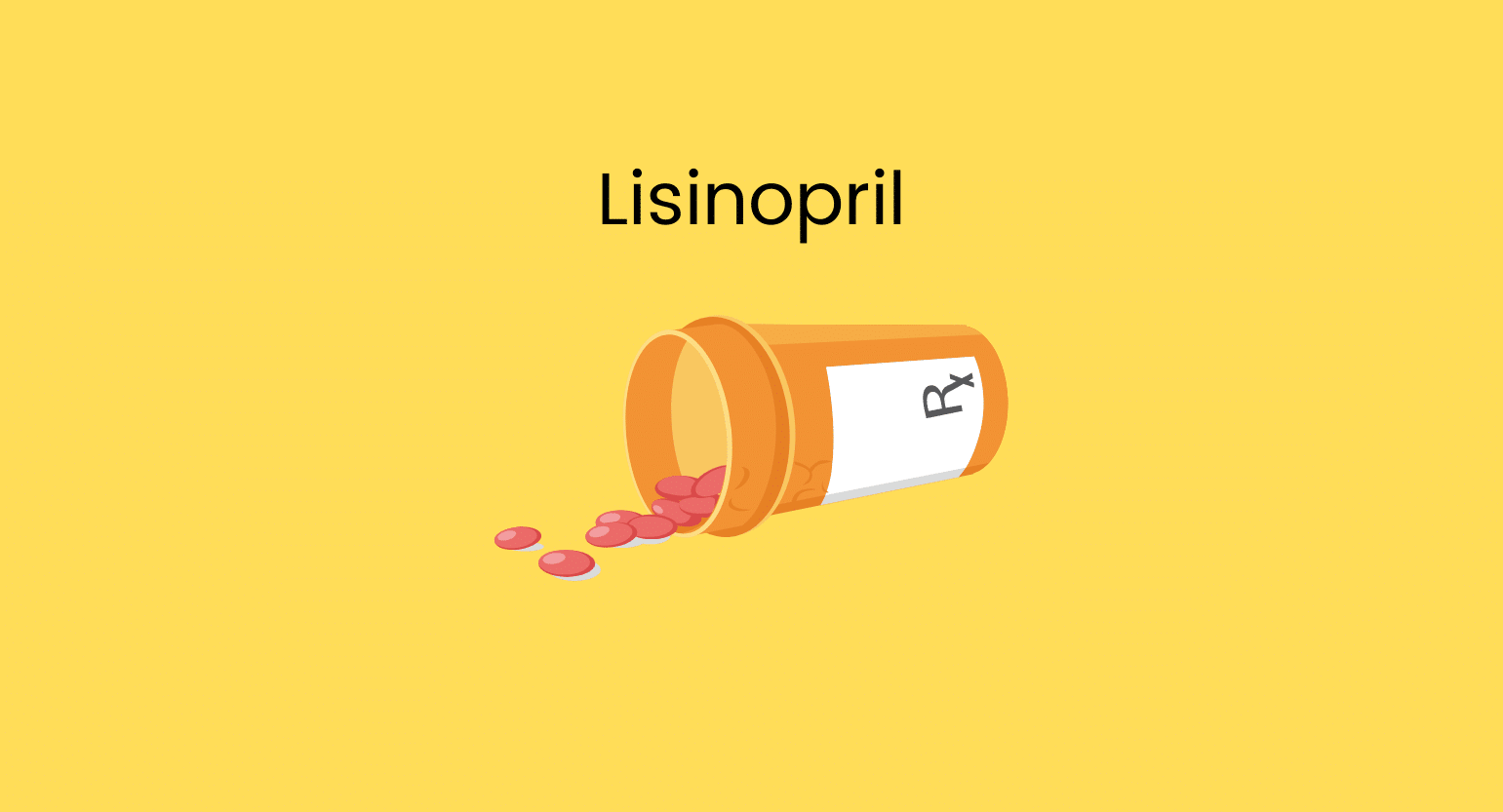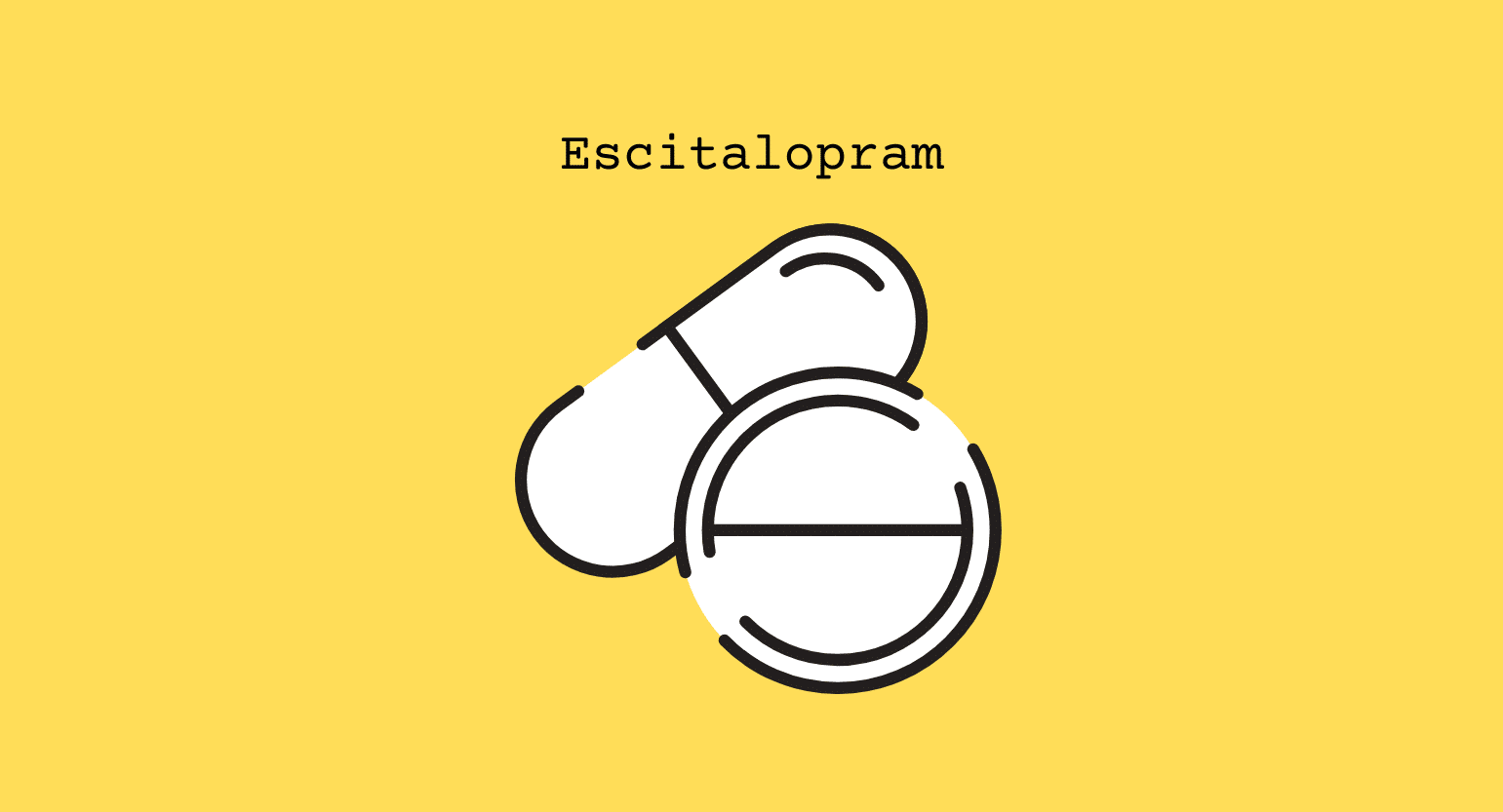Does Kratom Interact With Trazodone?
Trazodone can interact with kratom agonistically and metabolically. This can cause an increased risk of side effects, including sedation, headaches, nausea, and serotonin syndrome. The interaction is considered moderate to high.
It’s always best to talk to your doctor before combining kratom and trazodone.
There are two main ways kratom can interact with trazodone:
Kratom Can Increase Trazodone’s Effects (Agonistic Interaction)
There is an agonistic interaction between kratom and trazodone.
Agonistic interaction occurs when two substances having the same effect are used together. These substances produce a similar effect by acting on the same receptors or acting on different receptors that cause similar responses.
Kratom acts as a stimulant in lower doses, but it can cause sedation in higher doses. It primarily works on mu-opioid receptors, relieving pain [1]. Kratom also affects D2 dopamine and serotonin (5-HT2c and 5-HT7) receptors, with potential antipsychotic and antidepressant effects [2].
Trazodone acts via the antagonism of serotonin receptors and inhibition of serotonin transporters. The drug has an antidepressant effect and sleep-inducing properties [3].
Due to their similar effects, kratom and trazodone can cause marked sedation and respiratory depression. As both drugs affect serotonin, using them together can lead to a severe side effect known as serotonin syndrome [4]. Serotonin syndrome is characterized by restlessness, confusion, and loss of muscle coordination.
Slowed Elimination (Metabolic Competition)
Most oral drugs go through the first phase of metabolism in the liver once consumed. The liver breakdowns drugs through a group of enzymes known as the cytochrome P450 (CYP450) family.
When two drugs metabolized by a common CYP enzyme are taken together, their metabolism rate decreases. This phenomenon is known as metabolic competition.
Trazodone and kratom are metabolized in the liver by the CYP3A4 and CYP2D6 enzymes [5, 6]. If the metabolism rate of both substances decreases for prolonged periods, they could build up in the bloodstream, increasing the probability of side effects or toxicity.
Always consult your prescribing physician before taking kratom.

Kratom & SARI Interactions
Trazodone is a serotonin receptor and reuptake inhibitor. This class of drugs treats major depressive disorders. In addition, these drugs are used in post-traumatic stress disorder and sleep disorders.
Mixing other SARIs with kratom involves a similar risk of side effects. Other serotonin receptor agonists and reuptake inhibitors that kratom will interact with include:
- Etoperidone (Axiomin, Etonin)
- Lorpiparazole (Normarex)
- Mepiprzole (Psigodal)
- Nefazodone (Serzone, Nefadar)

Is it Safe to Take Kratom With Trazodone?
No. It is not safe to take kratom with trazodone.
Kratom and trazodone’s interaction is considered moderate to severe.
High kratom doses can potentiate the sleep-inducing effect of trazodone. This can lead to severe drowsiness even after the intended duration of action of the drugs. In addition, serotonin syndrome is a dangerous side effect of both drugs.
Consult your prescribing physician before the use of these drugs. If you notice any side effects, seek help from a medical professional.
What is Trazodone?
Trazodone is a drug used to treat major depressive disorder, which belongs to the class of serotonin antagonist and reuptake inhibitor (SARI) medications. It is a triazolopyridine derivative [7].
Trazodone inhibits serotonin transporter and blocks the reuptake of serotonin, which results in improved mood. It also shows antagonism in 5-HT2A and 5-HT2c serotonin receptors. The pharmaceutical also blocks histamine and alpha-1-adrenergic receptors.
Trazodone is also valuable for generalized anxiety disorder, post-traumatic stress disorder, and insomnia.
Trazodone Details
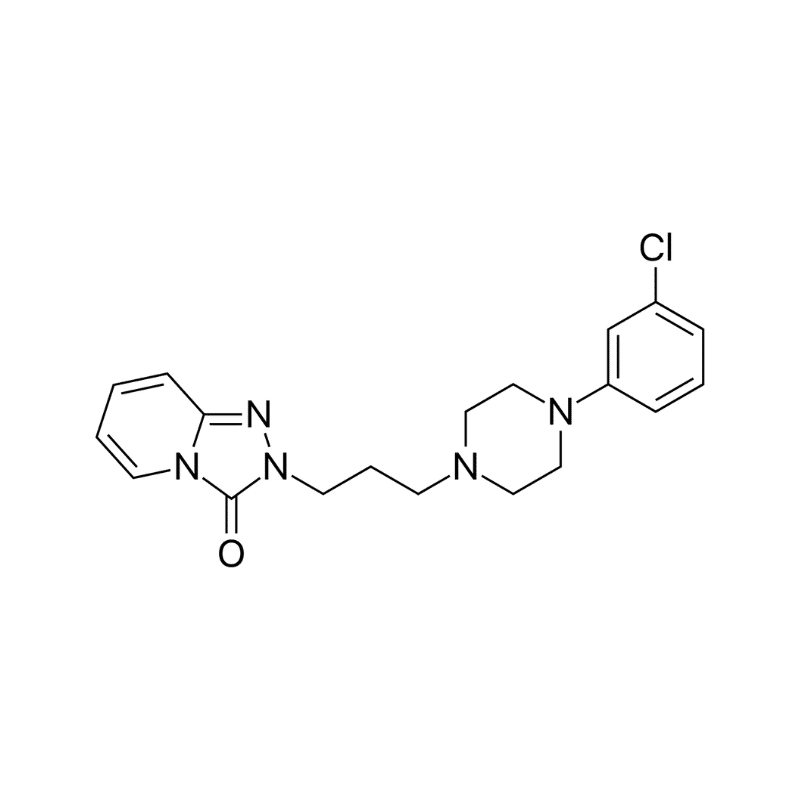
| Drug Name | Trazodone |
| Trade name | Cirzodone, Codipzona, Deprax, Depryl, Desyrel, Donaren, Mesyrel, Molipaxin, Nestrolan, Reslin, Sideril, Tazodac, Torlex, Trarett, Trazalon, Trazonil, Triticum, Tronsalan |
| Classification | Serotonin antagonists and reuptake inhibitors (SARI) |
| CYP Metabolism | CYP3A4, CYP2D6 |
| Interaction With Kratom | Agonistic |
| Risk of Interaction | Moderate to high |
What Is Trazodone Used For?
Trazodone is primarily used for the treatment of depression. The uses of trazodone are:
Major Depressive Disorders
Trazodone is used for the treatment of depression with or without anxiety. It is used due to its minimal anticholinergic activity but can also augment the antidepressant effect of other antidepressants. Due to its sedative effect, it is very effective in geriatric patients who have depression with insomnia.
Anxiety Disorders
Trazodone helps with post-traumatic stress disorder, panic disorder, generalized anxiety disorder, and obsessive-compulsive disorder. The sleep-inducing property helps reduce sleep disturbances and nightmares in post-traumatic stress disorder.
Insomnia
Treatment of insomnia is one of the off-label uses of trazodone. It is used in low doses as a sleeping aid.

What’s the Dose of Trazodone?
The recommended initial dose of trazodone is 75 to 150 mg orally daily. Doctors adjust the amount according to the needs of the patient.
Trazodone is taken orally in the form of tablets that contain 50 mg, 100 mg, 150 mg, or 300 mg of trazodone hydrochloride. It can be taken with food to reduce the risk of feeling lightheaded or experiencing a drop in blood pressure [7].
Generic & Brand Name Versions
- Cirzodone
- Codipzona
- Deprax
- Depryl
- Desyrel
- Donaren
- Mesyrel
- Molipaxin
- Nestrolan
- Reslin
- Sideril
- Tazodac
- Torlex
- Trarett
- Trazonil
- Triticum
- Tronsalan
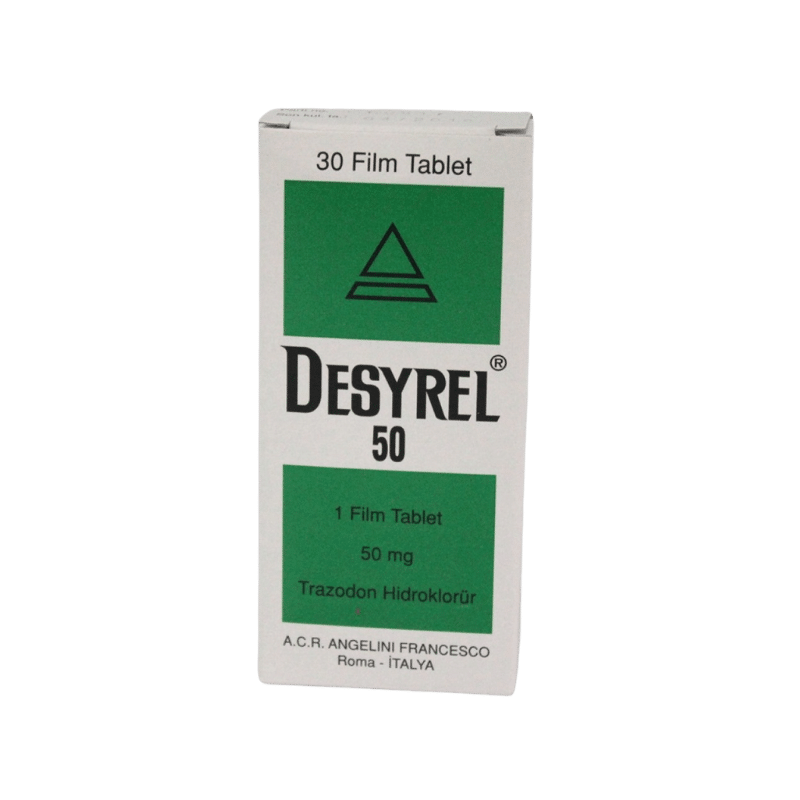
What Are the Side Effects of Trazodone?
- Agitation
- Blurred vision
- Confusion
- Dizziness
- Dry mouth
- Edema
- Fatigue
- Headache
- In coordination
- Nausea
- Tremor
- Vomiting
What is Kratom?
Kratom (Mitragyna speciosa) is a tree belonging to the coffee family abundant in Southeast Asia. The plant exhibits analgesic properties similar to opioids, though it is not classified as one.
Because of its wide array of effects, some governments have banned it. However, the World Health Organization studied kratom and determined it is safe. This backs up hundreds of years of use and anecdotal reports — as does the available research.
What’s Kratom Used For?
People in Vietnam, Indonesia, and Thailand, where kratom grows plentifully, have used this plant as traditional medicine for a long time. The rest of the world is now catching on to its vast uses.
Here are the top reasons people have used kratom in recent years:
- ADHD (Attention Deficit & Hyperactivity Disorder)
- Anxiety
- Arthritis pain
- Benzodiazepine withdrawal syndrome
- Chemotherapy-related pain
- Chronic back pain
- Depression
- Energy & focus
- Fibromyalgia
- Insomnia
- Migraines
- Mood
- Opiate withdrawal symptoms
- Nerve pain
- Pain
- Psoriatic arthritis
- Weight loss

What is the Dose of Kratom?
The optimal kratom dose depends on the effects you’re looking for. Start with a low amount to see how it affects you.
- Pain, anxiety, and sleep: Larger doses, usually 6-12 g
- Energy, focus, and mood: Smaller doses, usually 2-5 g
The effects of kratom can vary greatly depending on several factors, including the user’s physiology. Our detailed kratom dosage guide can assist in determining the appropriate dosage for your needs.
What Are the Side Effects of Kratom?
Kratom gets its fair share of negative press, but that’s all it amounts to. The reality is there’s little risk to using kratom as long as it’s used responsibly. That means not combining it with other substances, using it only when necessary, and taking breaks from it.
The most common side effects of kratom include:
- Anxiety or restlessness
- Constipation
- Diarrhea
- Dizziness
- Depression
- Frequent urination
- Headaches
- Heart palpitations
- Nausea and vomiting
- Numbness
- Sedation and prolonged sleepiness
Other severe but rare side effects of kratom are:
- Addiction & dependence
- High blood pressure
- Liver damage (with long-term use)
- Low libido
- Withdrawal symptoms
- The Wobbles
If you experience any of these side effects, suspend kratom use and contact your doctor immediately.
Do not take kratom when pregnant or breastfeeding.
What Are the Different Types of Kratom?
You will commonly find kratom products categorized by 4 vein colors —white, red, green, and yellow.
To make informed decisions about using kratom, it is important to understand the different effects that various strains can have on the body. Some strains may be better for relieving pain, while others may provide more energy.
Here’s a look at each strain color and their common effects.

White Vein Kratom
This form of kratom comes from immature, white-veined leaves. It provides euphoria and a sense of well-being, boosts energy, and improves cognitive functioning.

Red Vein Kratom
The red vein kratom comes from mature leaves and is often used for pain management. It helps in relaxation, reduces anxiety, and provides sedation.

Green Vein Kratom
The green vein kratom falls in the middle of the red and white strains. These offer a pleasant balance; they’re neither too stimulating nor too relaxing — although the effects are prominent depending on the dose.

Yellow Vein Kratom
The yellow kratom strains are from fermented leaves and are similar to green strains, except they tend to last longer and have a pronounced relaxing property.
Key Takeaways: Is it Safe to Mix Kratom & Trazodone?
Kratom and trazodone can have a moderate to a high level of interaction. These two compounds are considered agonists and metabolic competitors. Both trazodone and high doses of kratom induce sleep, so taking them together can cause dangerous levels of sedation.
Taking kratom and trazodone together can slow down their metabolism rate and increase the risk of side effects and toxicity.
Furthermore, these drugs are known to cause serotonin syndrome as a side effect. Play it safe, and don’t mix kratom with trazodone.
Consult your doctor regarding any treatment or supplementation regime you want to try before mixing kratom with any other substance.
- Todd, D. A., Kellogg, J. J., Wallace, E. D., Khin, M., Flores-Bocanegra, L., Tanna, R. S., McIntosh, S., Raja, H. A., Graf, T. N., Hemby, S. E., Paine, M. F., Oberlies, N. H., & Cech, N. B. (2020). Chemical composition and biological effects of kratom (Mitragyna speciosa): In vitro studies with implications for efficacy and drug interactions. Scientific reports, 10(1), 19158.
- Johnson, L. E., Balyan, L., Magdalany, A., Saeed, F., Salinas, R., Wallace, S., Veltri, C. A., Swogger, M. T., Walsh, Z., & Grundmann, O. (2020). The Potential for Kratom as an Antidepressant and Antipsychotic. The Yale journal of biology and medicine, 93(2), 283–289.
- Fagiolini, A., Comandini, A., Catena Dell’Osso, M., & Kasper, S. (2012). Rediscovering trazodone for the treatment of major depressive disorder. CNS drugs, 26(12), 1033–1049.
- Brogdon, H. D., McPhee, M. M., Paine, M. F., Cox, E. J., & Burns, A. G. (2022). A Case of Potential Pharmacokinetic Kratom-drug Interactions Resulting in Toxicity and Subsequent Treatment of Kratom Use Disorder With Buprenorphine/Naloxone. Journal of addiction medicine, 10.1097/ADM.0000000000000968. Advance online publication.
- Rotzinger, S., Fang, J., & Baker, G. B. (1998). Trazodone is metabolized to m-chlorophenylpiperazine by CYP3A4 from human sources. Drug metabolism and disposition: the biological fate of chemicals, 26(6), 572–575.
- Kamble, S. H., Sharma, A., King, T. I., León, F., McCurdy, C. R., & Avery, B. A. (2019). Metabolite profiling and identification of enzymes responsible for the metabolism of mitragynine, the major alkaloid of Mitragyna speciosa (kratom). Xenobiotica, 49(11), 1279-1288.
- Shin, J. J., & Saadabadi, A. (2022). Trazodone. 2021 Aug 6. StatPearls [Internet]. Treasure Island(FL): StatPearls Publishing.

